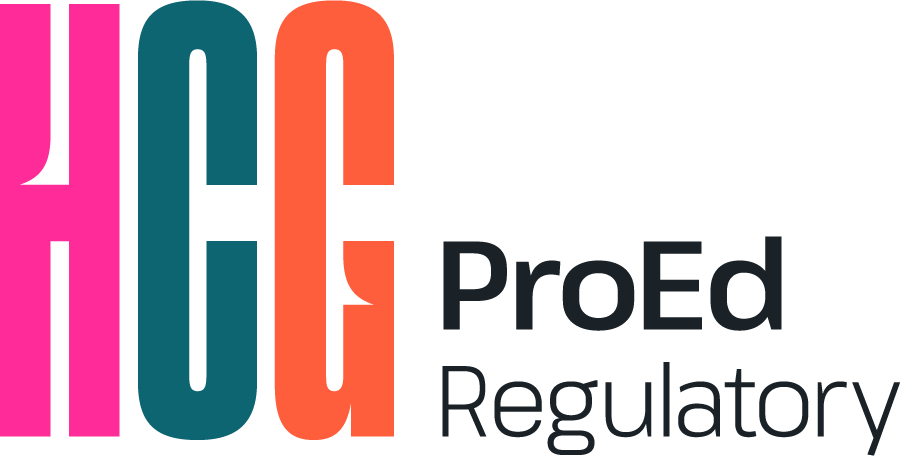FDA’s Ambitious Priorities Under Commissioner Makary
For months, everyone in the pharma industry has been trying to divine which direction commissioner Marty Makary will take the FDA in 2025. A change in FDA leadership always brings a new set of priorities—and, inevitably, a flurry of debate about whether the Agency’s updated vision will deliver real progress. Well, the wait is over….
